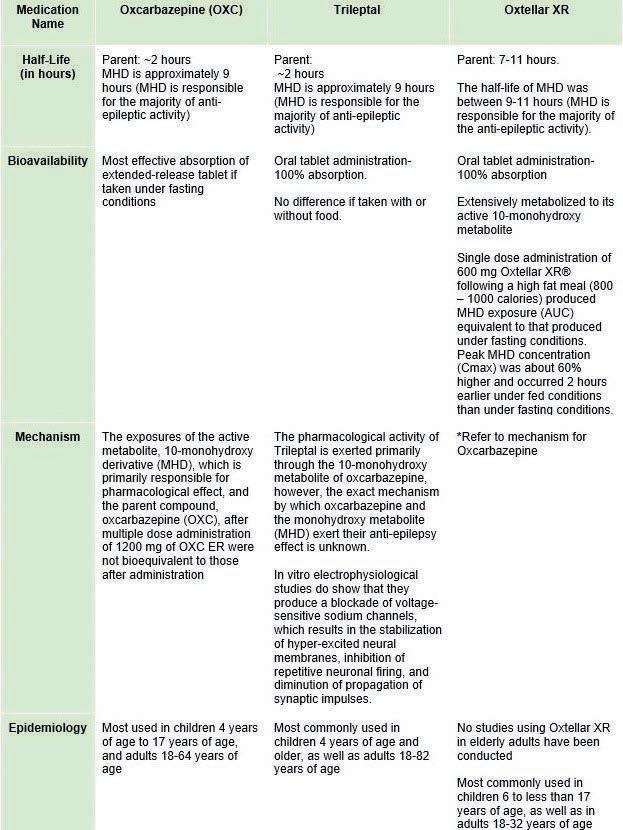Scholarly Research In Progress • Vol. 5, November 2021
A Review of the Literature: How Intestinal Microbiota Shape the Immune System and the Related Impact on Human Health and Autoimmune Disease Shane P. Bross1† Geisinger Commonwealth School of Medicine, Scranton, PA 18509 Doctor of Medicine Program Correspondence: sbross@som.geisinger.edu
1 †
Abstract The symbiotic relationship between gut microbiota and surrounding tissue significantly influences the functioning of our immune system. This review examines the current understanding of how gut microbiota contribute to shaping the immune system by influencing immune system related cells in the surrounding environment. Additionally, it examines how gut microbiota can impact human health by contributing to both intestinal and non-intestinal autoimmune diseases. The microbiota-host interaction is explored by emphasizing the evolutionary and ecological mechanisms which established their relationship; further, how gut microbiota shape the immune system and contribute to autoimmune disease generation via dysbiosis and generation of metabolic byproducts is discussed. To summarize the current understanding of the research topic we searched the PubMed database using combinations of relevant key words (e.g., “microbiome”, “immune system”, “autoimmune”), time limiters of 5 and 10 years, and ancestry technique. A comprehensive understanding of gut microbiota and their impact on the immune system elucidates disease process, mechanism, and associated symptoms. In conclusion, this understanding translates to practicing improved investigative technique, which limits waste and maximizes utility of resources. Judicious experimental design and execution fosters production of safer, more efficacious medical therapies and treatments for relevant autoimmune diseases and symptom management.
Introduction There are roughly 7.5 billion people on Earth, and each one of us is unique in one way or another. When one thinks of the word unique as it applies to people, one often thinks of a person’s hair color, eye color, personality, DNA, fingerprints, and the like. However, every person is also unique in the way that they house a different population of nearly 100 trillion microorganisms in their gut that make up their individual gut microbiomes (1). These microbes occupy niches within the human host gut, presenting potential pathogens with a survival challenge: They make it difficult for the pathogen to survive and thrive in the already occupied environment (1). As such, microbial community structure is considered a factor that can influence disease presentation, occurrence, and severity depending on the host. Perhaps the most focused area of study between the human host, its microscopic occupants, and disease is how individual microbiota populations play a role in shaping the immune system.
74
The effects that intestinal microbiota have on the immune system paves the path that leads to discussion of how these bacteria have the potential to elicit autoimmune diseases. Inflammatory bowel disease (IBD) is a result of autoimmunogenic mechanism. Crohn’s disease and ulcerative colitis are the two primary forms of IBD; both are relapsing disorders characterized by chronic inflammation in regions of the intestinal tract (2). IBD is found globally, with the highest reported prevalence in Europe (Norway and Germany) and North America (USA and Canada). Additionally, since 1990, the incidence rates for Crohn’s disease and ulcerative colitis have been rising in newly industrialized countries in Africa, Asia, and South America (3). Furthermore, gut microbiota can influence devastating non-intestinal autoimmune diseases. One of the most profound examples is multiple sclerosis. Multiple sclerosis is the most frequently seen demyelinating disease in which the immune system attacks the protective coverings of nerve cells. It has a prevalence rate of nearly 100 per 100,000 people in North America and Europe (4). In addition to addressing the connection between gut microbiota and intestinal related autoimmune diseases (IRADs), this review will explore the less-investigated connection between gut microbiota and their potential impact on nonIRADs. Exploring these relationships allows for better understanding of the potential mechanisms that contribute to disease presentation and severity. Utilizing this knowledge, the following review will also discuss potential therapies and areas of study that could be further investigated to aid in improved control and management of multiple autoimmune diseases. By first taking an ecological and evolutionary look into the relationship between human and microbe interaction, one can explore how diversity of these bacterial populations came to be by interacting with the host. Building off this foundational framework, this review investigates how this interaction shapes the immune system of the host, contributing to autoimmune disease manifestation. The ultimate purpose of this literature review is to help gain insight and understanding on how gut bacterial populations shape the immune system and contribute to disease by elucidating connections between human host and microbe relationships.
Methods A comprehensive literature review was conducted. This extensive literature search was carried out by utilizing the PubMed database, allowing for the review and collection of relevant subject content. The content analyzed includes












































